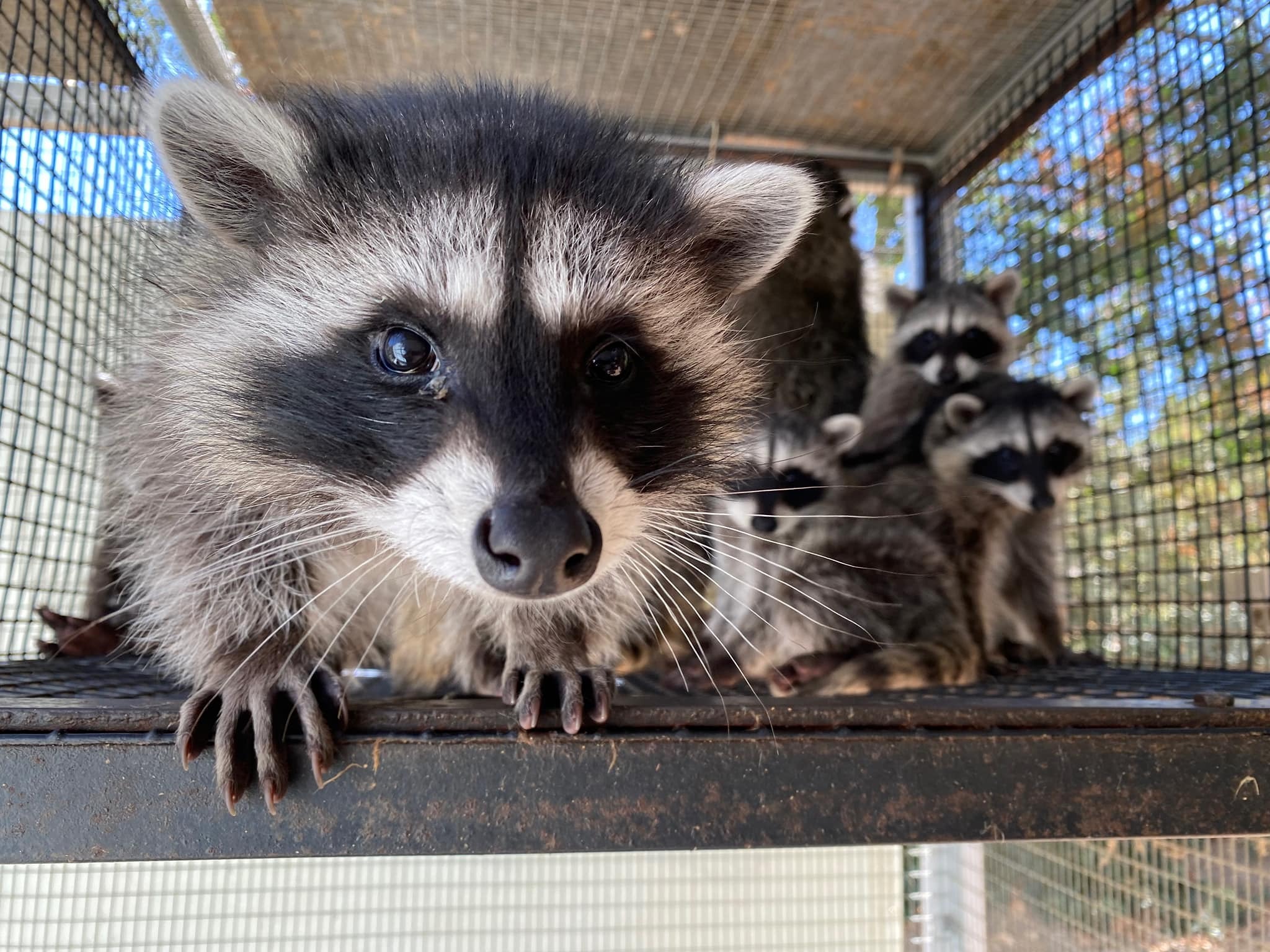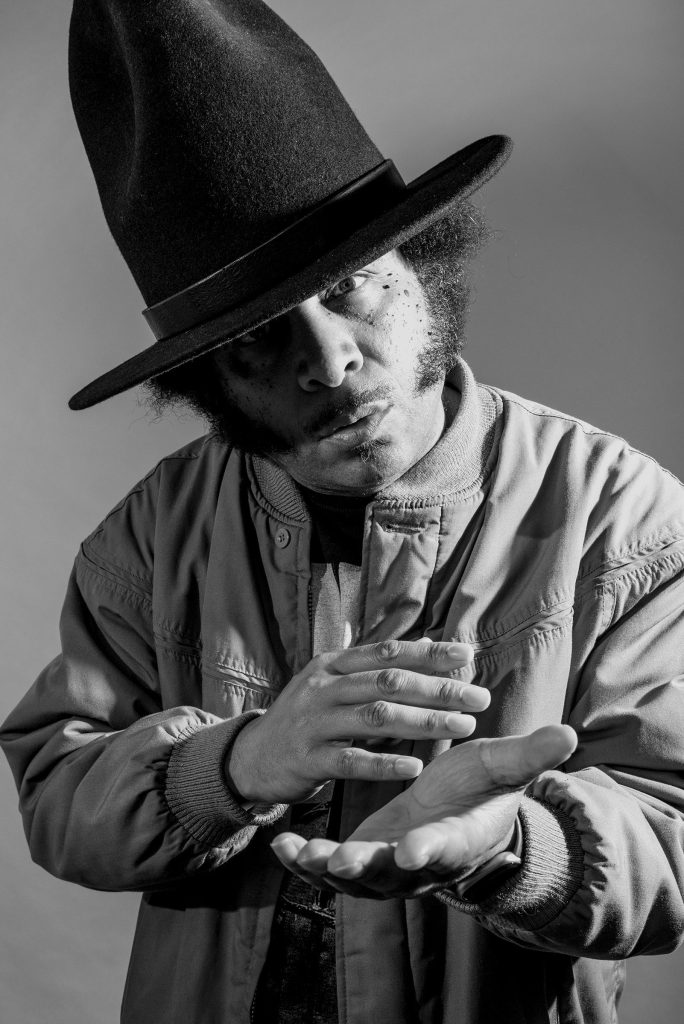Trap rap is a subgenre of hip hop originating in the southern united states characterized by heavy lyrics and beats, with themes often centered around drug culture and street life. Trap rap as a genre has gained widespread popularity in recent years, with notable artists such as future, gucci mane, and migos leading the way in the mainstream market.
Trap rap music is often viewed as controversial due to its explicit content, but it has also been praised for its ability to accurately represent the realities of life in certain communities. Despite its polarizing reputation, the subgenre continues to evolve and influence the broader hip hop scene.
In this article, we will explore the origins and impact of trap rap and examine the artistic and cultural significance of some of its most prominent figures.

Credit: www.capradio.org
The Birth Of Trap Rap:
Trap rap music is a genre that has taken over the rap scene in recent years. Known for its catchy beats and hard-hitting lyrics, it has become a favorite of both listeners and artists alike. The birth of this music comes from the southern united states, where it originated in the early 2000s, and has since grown to be a part of mainstream culture.
In this blog post, we will take a closer look at how trap rap music came to be, as we discuss the history, definition, origin, and influencers of this powerful musical genre.
Definition Of Trap Music
Before getting into the history and origin of trap rap music, let’s first define what trap music is. Essentially, trap music is a sub-genre of hip-hop that originated in the southern united states during the 2000s. It is known for its 808 bass and drum beats, synthesizers, and a specific type of instrument known as a “trap” or “siren.
” Lyrically, it often focuses on the struggles of urban life, including drugs, violence, and poverty. With its heavy emphasis on beats and bass, trap music has become synonymous with “turn-up” or party music, and is a fan favorite in the club scene.
How Trap Music Originated
Now that we have discussed what trap music is, let’s dive into how it originated. While the exact birthplace of this genre is up for debate, it is widely accepted that trap music originated in the southern united states, specifically in cities like atlanta, georgia, and memphis, tennessee.
The name “trap” refers to the drug dealing houses, or “traps,” that were common in these areas during the 1990s and early 2000s. The heavy beats and focus on drug dealing and urban life are heavily influenced by the southern hip-hop scene, which was growing in popularity at the time.
History Of Trap Rap Music
The first wave of artists to popularize trap music was a group of atlanta-based rappers, including gucci mane, young jeezy, and t. i. In the late 2000s and early 2010s, these artists began to gain traction with their music, and soon, other artists across the country began to take notice.
In the years that followed, trap music’s popularity only continued to grow, with artists like future, migos, and lil wayne all contributing to the genre.
Influencers Of Trap Rap Music
Finally, let’s take a closer look at some of the most influential artists in the trap rap music scene. While there are many different artists who have contributed to this genre, some of the most prominent ones include:
- Gucci mane: Known as the “godfather of trap,” gucci mane was one of the earliest artists to popularize this genre. He has released countless hit songs and collaborated with many other artists in the field.
- T.i. : Another early pioneer of trap music, t.i. Is known for his hard-hitting lyrics and powerful beats. He has released several albums within the genre, all of which have been critically acclaimed.
- Future: One of the most popular artists in the trap rap music scene, future has released numerous hit songs and albums. He is known for his blend of auto-tune and hard-hitting lyrics, which have earned him a massive following.
Trap rap music is a powerful genre that has taken the hip-hop scene by storm. Its heavy beats, bass, and focus on urban life have made it a fan favorite, and it has since become a part of mainstream culture.
With its roots in the southern united states and a host of influential artists contributing to its sound, trap rap music is sure to continue to be a force in the music industry for years to come.
Untold Stories Behind The Making Of Trap Music:
Trap rap music: untold stories behind the making of trap music
Trap music has become one of the most popular subgenres in modern rap, with its heavy basslines, dark lyrics, and catchy beats. But what goes on behind the scenes when creating this type of music? In this blog post, we will look at the untold stories behind the making of trap music.
Writing Process In Creating Trap Music
Creating a trap song involves a lot of collaboration between the artist, producers, and engineers. Here are some key points on the writing process of creating trap music:
- Trap artists usually write their own lyrics. These lyrics are often inspired by their personal experiences or things they have seen in their environment.
- Trap songs usually have a simple song structure, with a catchy hook and a repetitive chorus.
- The subject matter of trap music typically revolves around drug dealing, violence, and materialism.
The Role Of Producers In The Making Of Trap Music
Producers play a crucial role in the creation of trap music. Here are some key points on their involvement:
- Producers usually create the instrumental beat and structure of the song for the artist, which the artist will then write their lyrics to.
- Producers are skilled at using technology and software to create the distinctive sound of trap music, with its deep bass and high hats.
- Some of the most successful trap music producers don’t just create beats for one artist, they often work with numerous artists and have successful careers in their own right.
The Untold Stories Behind The Recording Of Trap Music
Recording a trap song is more than just laying down a vocal track. Here are some untold stories behind the recording process:
- Recording studios need to be soundproofed to eliminate any outside noise. But sometimes, the sound of the bass can still be heard through the walls and floors of the building, which can annoy neighbors.
- Trap artists often record their vocals multiple times to get the perfect take. This can be time-consuming and exhausting.
- Sometimes, a trap artist will use auto-tune to achieve a specific sound or to change the pitch of their voice.
Music Executive’S View On Trap Music’S Business Model
The business of trap music has been highly successful in recent years, but how do music executives view the ‘trap model’? Here are some views:
- Many music executives see the business model of trap music as a goldmine due to its marketability.
- Some executives think that the lyrics of trap music promote negative and harmful behavior, which could ultimately harm the artist’s reputation.
- Despite that, trap music remains highly profitable, and record labels are willing to invest in this subgenre of rap music to capitalize on its success.
The creation of trap music is a fascinating process that involves collaboration, innovation, and hard work. This subgenre has had an enormous impact on the music industry and shows no signs of slowing down anytime soon.
Trap Music And Culture:
Trap Music And Culture: The Rise Of The Genre
From murky underground origins to mainstream popularity, trap music’s journey provides an interesting look at the emergence of a new musical landscape. In recent years, trap has taken over the music industry, inspiring a new wave of artists with each passing moment.
This genre owes its immense popularity to a combination of catchy beats, relatable lyrics, and an alluring lifestyle that millions of people aspire to. In this blog, we’ll explore the influence of trap music on the culture, fashion, style, and social media.
The Influence Of Trap Music On The Culture
Trap music has breathed new life into the music industry, giving rise to a genre that has captured the hearts of many. Some key points on trap’s cultural impact are:
- Trap music has successfully blurred the lines between different musical genres, creating a unique sound that appeals to various demographics
- It has become a form of language that the people can relate to, discussing day-to-day struggles and their experiences
- The theme of hustle, which is prevalent throughout trap lyrics, has inspired people all over the world to chase their dreams and aim for greatness
Trap Fashion And Style
The appeal of trap music goes beyond just the sound, with its influence spreading to fashion and style as well. The following are some key points on the subject:
- Urban wear has become synonymous with the genre and has taken cues from artists such as migos, travis scott, and lil wayne
- Bling jewelry and designer labels have become staples of the trap look, with artists wearing everything from gucci to rolex watches
- The emphasis on style has made fans of the genre more fashion-forward and experimental, with trends emerging constantly
The Trap Music Lifestyle
Trap music’s lifestyle is an exciting and alluring aspect of the genre. The following points help illuminate that lifestyle:
- Trap music often revolves around drugs, sex, and violence. It immerses listeners in a world that goes beyond the music itself, with themes of hustling, acquiring wealth, and achieving success
- It creates a level of escapism for listeners, letting them experience a world different from their own. This type of fantasy provides comfort for many fans, especially those living in poverty
- The trap music culture is based on authenticity, with artists often being lauded for their realness. This vulnerability creates a sense of closeness with listeners who feel that the music speaks to their experiences
The Role Of Social Media In Promoting Trap Music And Culture
Social media has played an essential role in promoting trap music and its associated culture. The following points highlight the significance of social media:
- Social media platforms such as instagram, twitter, and tiktok have helped popularize the genre by providing a vehicle for artists to promote their work and maintain a connection with their fans
- Social media has, in many ways, made the genre more accessible, helping to democratize music and eliminate traditional gatekeepers such as record labels
- Trap music has inspired a new wave of young influencers who use their social media presence to promote the lifestyle associated with the genre. This promotes authenticity and relatability for fans.
Criticism And Controversies In Trap Music:
Trap music is a prominent genre in today’s music industry, enjoyed by millions of people worldwide. However, with its increasing popularity comes criticism and controversies attached to the music. In this section, we will dive into the negative criticism against trap music, controversies in trap music, is trap music a bad influence on society?
And the future of trap music.
Negative Criticism Against Trap Music
There are several reasons why some people dislike trap music. Here are a few key points:
- The lyrics: Some feel that trap music glorifies violence, drug use, misogyny, and materialism.
- The beats: Critics believe that the beats in trap music are generic and repetitive.
- The content: People argue that trap music lacks creativity and originality.
Controversies In Trap Music
Trap music has seen its fair share of controversies:
- Cultural appropriation: Some argue that trap music was created by african american artists and that non-black performers who emulate the genre are appropriating the culture.
- Negative influence on youth: Concerned parents and educators worry that listening to trap music may lead to destructive behavior and a desensitization to negative themes.
- Misogyny: The genre has been criticized for exploiting and degrading women in lyrics and videos.
Is Trap Music A Bad Influence On Society?
As with any form of entertainment, people will interpret trap music differently. Some people may be negatively influenced by the lyrics and themes, while others may not be affected at all. However, it is essential to note that trap music is not solely responsible for shaping society’s values and attitudes.
The Future Of Trap Music
The popularity of trap music indicates that it is here to stay. As this genre continues to evolve, we can expect its sound to become more diverse and experimental. Its criticism and controversies will also continue to spur debates and conversations about its impact on our society and culture.
Trap music has its critics and controversies, but its enormous popularity demonstrates its cultural relevance and staying power in the music industry. Whether it will continue to push boundaries or morph into something new entirely remains to be seen.
Frequently Asked Questions Of Trap Rap Music
What Is Trap Rap Music?
Trap rap is a music subgenre characterized by its heavy bass, synthesized tunes, and lyrics that focus on drug use, crime, and gang culture.
Who Are Some Of The Most Popular Trap Rap Artists?
Trap music has gained popularity recently, with popular artists like 21 savage, migos, travis scott, and future leading the charge.
Where Did Trap Rap Music Originate?
Trap music originated in the southern united states and is heavily influenced by southern hip hop, crunk, and dirty south music.
What Are The Themes Of Trap Rap Music?
The themes of trap rap music are often controversial and focus on drug dealing, street life, violence, and gang culture. The lyrics reflect the harsh realities of life in the inner city.
How Has Trap Rap Influenced Popular Culture?
Trap rap has had a huge impact on popular culture, with its unique sound and style influencing fashion, art, and even language. It has also been criticized for promoting negative stereotypes and glorifying violence.
Conclusion
It’s clear that trap rap music has taken the world by storm. The genre’s unique beats, catchy rhythms, and raw lyrics have propelled it to become one of the most popular forms of hip hop. Its origins in the southern united states have spread to every corner of the globe, and its influence is evident in the music of many popular artists.
Whether you’re a long-time fan or just discovering this music, there’s no denying the impact it has had. The evolution of trap rap is ongoing, with emerging artists pushing boundaries and blending styles. While some may criticize it for its explicit lyrics or repetitive beats, it’s important to recognize the cultural significance and artistic merit of this genre.
Trap rap music is here to stay, and we can only expect it to continue flourishing in the years to come.













